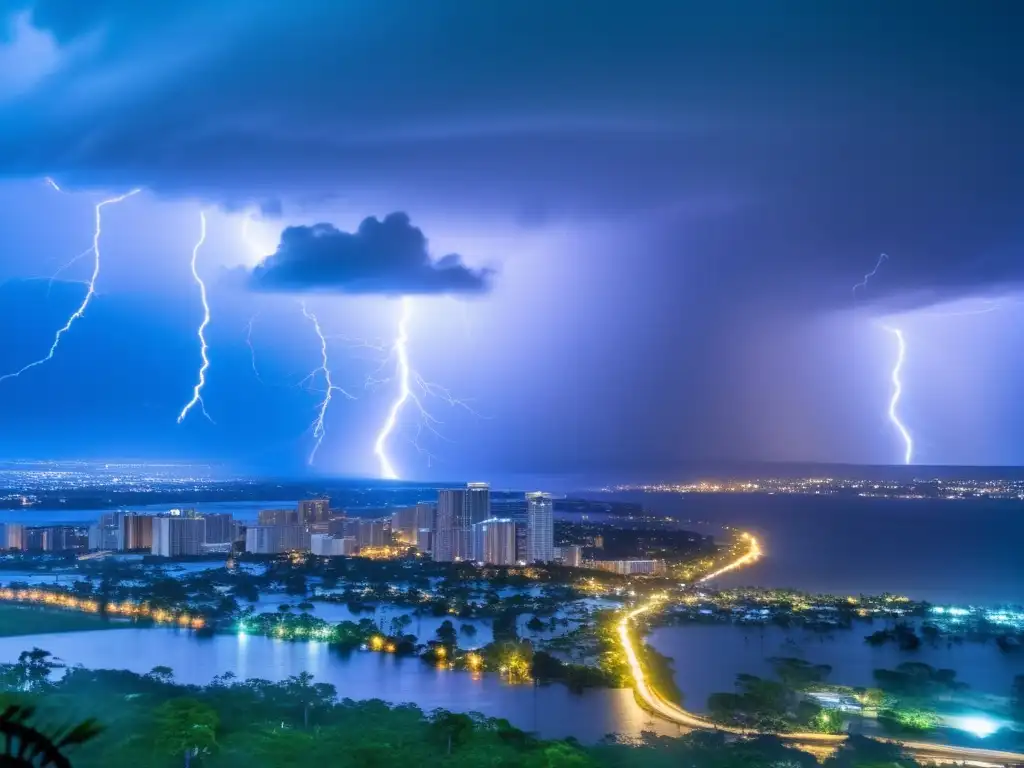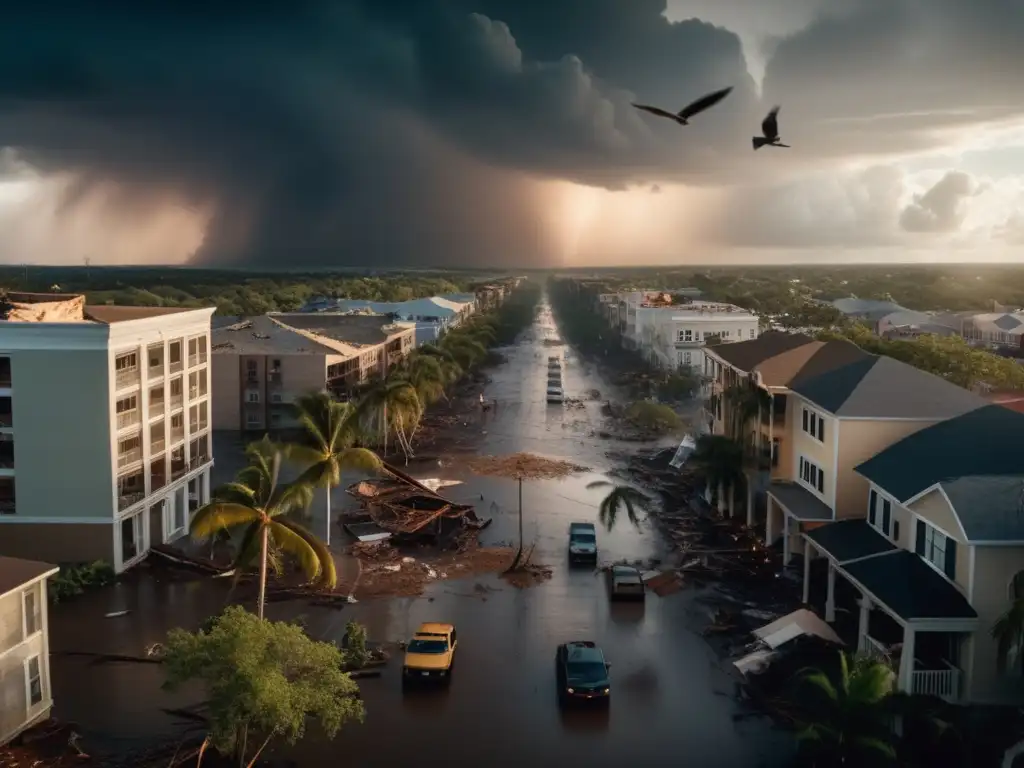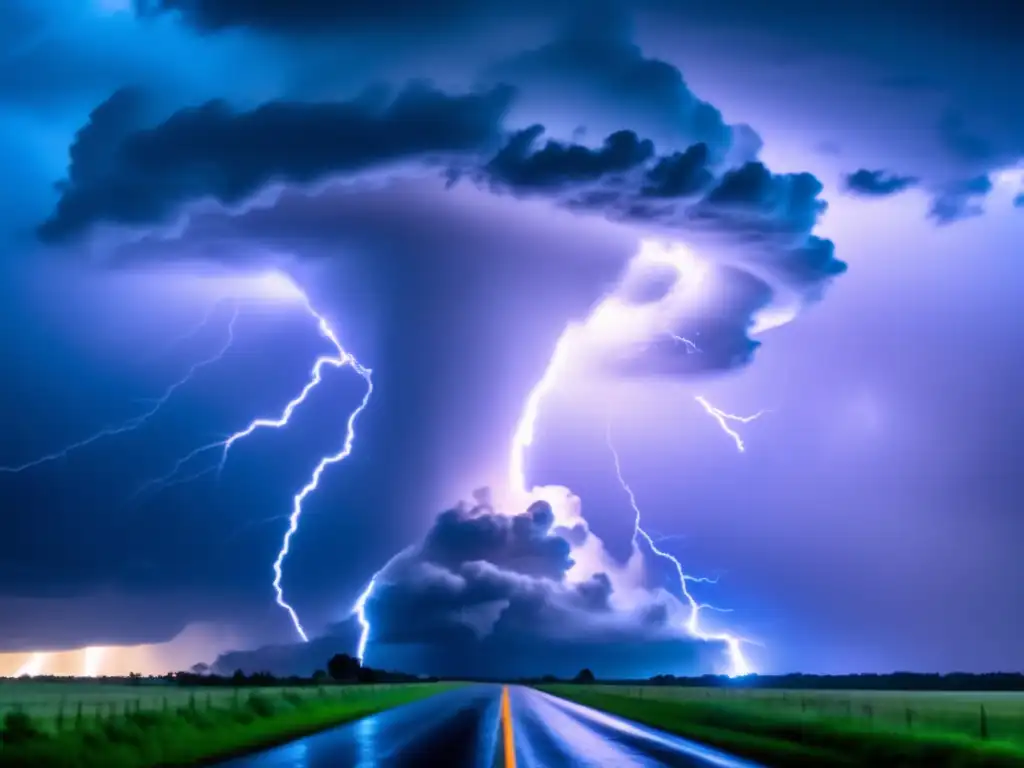Hurricane Categories: How They Are Defined And What They Mean

Hurricane Categories: How They Are Defined and What They Mean
Introduction
If you live in a hurricane-prone area, it is crucial to understand the categories of hurricanes. Hurricanes are classified into five categories based on their wind speed, and each category represents a different level of danger. Knowing the differences between these categories can help you determine how to prepare and whether to evacuate. This article will provide in-depth information regarding hurricane categories, how they are defined, and what they mean.
What are Hurricane Categories?

How are Hurricane Categories Defined?
Hurricane categories are a classification system used by the National Hurricane Center (NHC) to indicate the potential damage and storm surge a hurricane could produce based on its sustained wind speed. The categories range from one to five, with category one being the least severe and category five being the most severe.
The categories are determined by the maximum sustained wind speed measured in a hurricane. The sustained wind speed is the average wind speed over a period of one minute within the hurricane's eyewall, which is the area with the highest winds.
What Do the Different Hurricane Categories Mean?
The following is an overview of what each hurricane category means:
- Category 1: Winds ranging from 74-95 mph. These hurricanes are dangerous and can cause damage to homes and buildings, but it is typically limited to shingles, gutters, and siding. There may also be some power outages and fallen tree branches.
- Category 2: Winds ranging from 96-110 mph. These hurricanes are more dangerous and can cause extensive damage to homes and buildings, including damage to roofs, windows, and doors. There may also be widespread power outages and some roads may become impassable due to fallen debris.
- Category 3: Winds ranging from 111-129 mph. These hurricanes are considered major hurricanes and can cause severe damage to homes and buildings. Roofs on well-built homes can be damaged, and there may be extensive damage to trees and power lines. It is likely that power outages will last several days to weeks.
- Category 4: Winds ranging from 130-156 mph. These hurricanes are considered catastrophic and can cause extreme damage to homes and buildings, with the potential for walls and roofs to collapse. Power outages can last for weeks, and most areas affected by a category 4 hurricane will be uninhabitable for weeks or even months.
- Category 5: Winds over 157 mph. These hurricanes are the most severe and can cause catastrophic damage to everything in their path. Homes and buildings can be completely destroyed, and there may be widespread power outages lasting for weeks or even months. Most areas affected by a category 5 hurricane will be uninhabitable for months.
What Factors Affect Hurricane Categories?

Wind Speed
The most significant factor affecting hurricane categories is its sustained wind speed, as described in the previous section. The higher the wind speed, the more dangerous the hurricane will be.
Storm Surge
Another factor that can affect hurricane categories is storm surge. Storm surge is the rise in sea level caused by the hurricane, and it can cause significant flooding and damage to coastal areas. If a hurricane's storm surge is expected to be particularly severe, it may be classified as a higher category.
Geographical Factors
Geographical factors can also affect hurricane categories. For example, a category 4 hurricane in a sparsely populated area may not cause as much damage as a category 2 hurricane in a densely populated area. Additionally, hurricanes that occur over colder water may weaken more quickly than those that occur over warm water, even if their wind speed is similar.
How to Prepare for Hurricanes of Different Categories

Category 1 and 2
If you live in an area that may be affected by a category 1 or 2 hurricane, it is recommended that you prepare by:
- Stocking up on non-perishable food, bottled water, and necessary medications
- Securing outdoor objects, such as patio furniture and garbage cans
- Trimming trees and shrubs and clearing gutters
- Ensuring that your home is properly fortified, particularly windows and doors
Category 3 and 4
If you live in an area that may be affected by a category 3 or 4 hurricane, it is recommended that you take the same precautions as for category 1 and 2 hurricanes, but consider these additional measures:
- Evacuating if you live in a low-lying area or a mobile home
- Boarding up your windows
- Preparing an emergency kit with enough supplies for at least three days
- Securing your home's roof and reinforcing garage doors
Category 5
If you live in an area that may be affected by a category 5 hurricane, it is crucial that you take all of the precautionary measures listed above, as well as consider the following:
- Evacuating if possible, as these storms have the potential to cause catastrophic damage
- Staying tuned to local news and weather updates for the latest information
- Preparing for extended power outages and damage to infrastructure, such as bridges and roads
Frequently Asked Questions

-
What is the difference between a tropical storm and a hurricane?
A tropical storm has sustained wind speeds between 39-73 mph, while a hurricane has sustained wind speeds of at least 74 mph.
-
Can hurricanes of different categories occur at the same time?
Yes, it is possible for multiple hurricanes of different categories to occur at the same time.
-
Can hurricanes change categories?
Yes, hurricanes can change categories as they move over different areas and conditions.
-
Why are hurricanes given names?
Hurricanes are given names to make it easier for people to track and communicate about them, particularly when multiple storms are occurring simultaneously.
-
How do I know if I live in a hurricane-prone area?
You can check with your local emergency management agency or consult hurricane maps and predictions provided by the National Hurricane Center to determine if you live in a hurricane-prone area.
Conclusion
In conclusion, understanding hurricane categories is essential when preparing for a hurricane. By knowing what each category means and how it can affect you, you can take necessary precautions and make informed decisions regarding evacuation. Additionally, be sure to stay up-to-date on the latest weather updates and forecasts, as hurricanes are unpredictable and can change rapidly. Stay safe!
If you have any additional questions or comments regarding hurricane categories, please leave them in the comments section below. Thank you for reading, and remember to stay vigilant during hurricane season.
Additional Resources

 The Coriolis Effect: How Earth’s Rotation Influences Hurricanes
The Coriolis Effect: How Earth’s Rotation Influences Hurricanes A Timeline Of Hurricane Detection Methods
A Timeline Of Hurricane Detection MethodsIf you want to discover more articles similar to Hurricane Categories: How They Are Defined And What They Mean, you can visit the Basic knowledge about hurricanes: category.
Leave a Reply

Articulos relacionados: